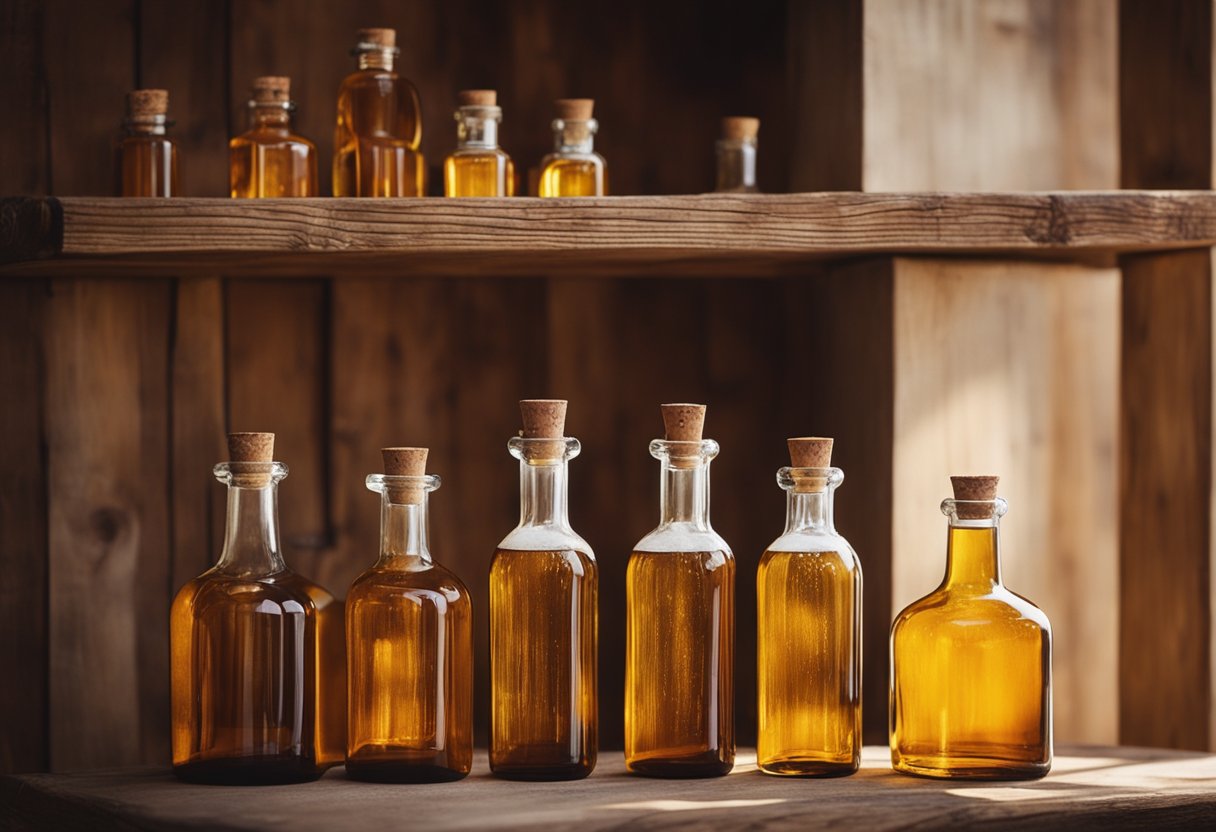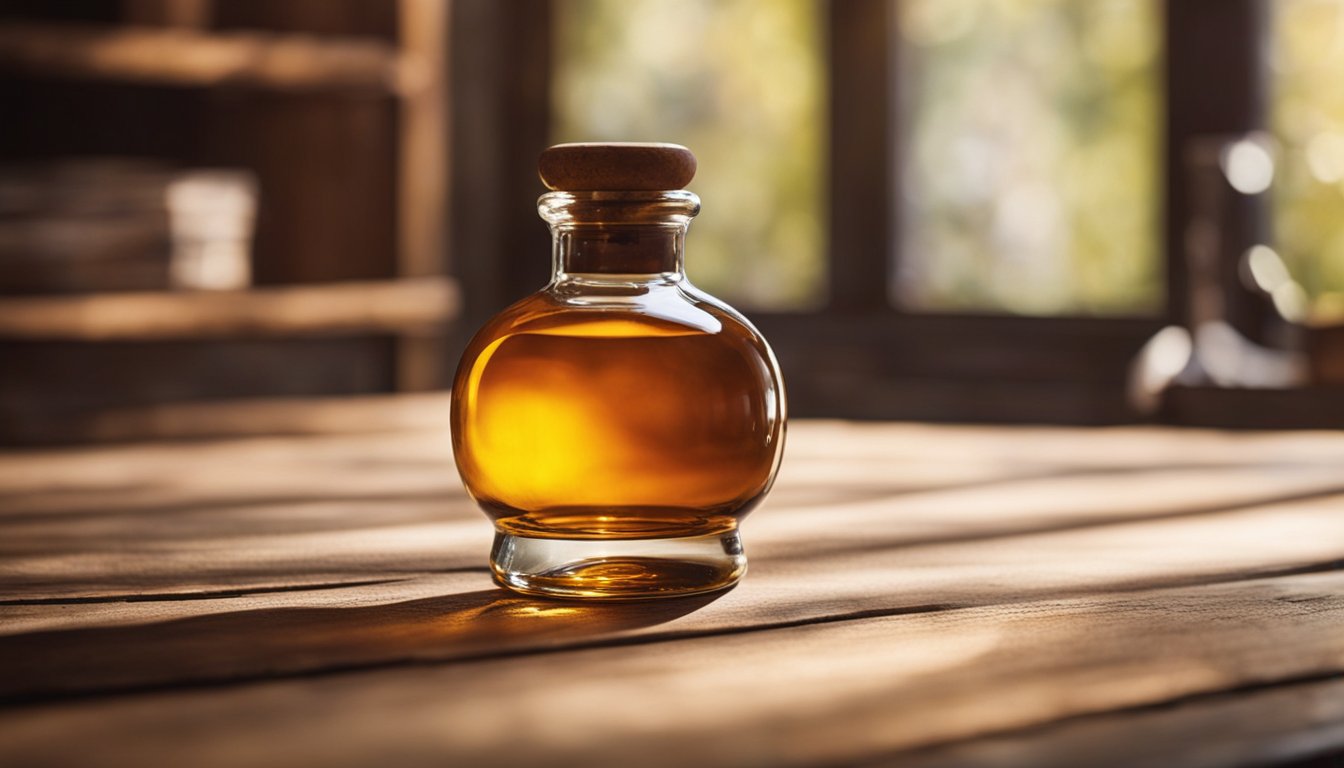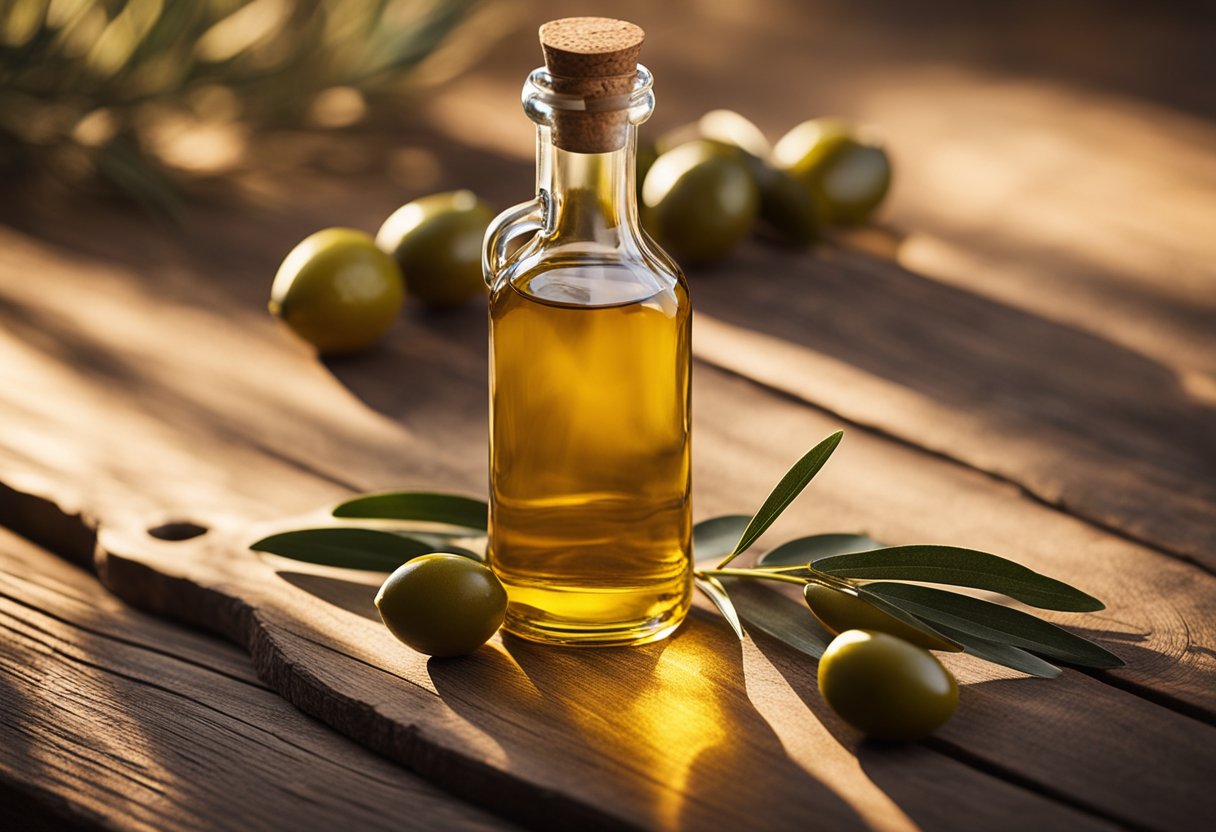If you are in the market for a versatile and functional glass bottle, look no further than the Boston glass bottle. This classic design has been around since the 19th century and remains a popular choice for storing liquids of all kinds. With its cylindrical body, rounded shoulders, and narrow neck, the Boston bottle is perfect for everything from pharmaceuticals and chemicals to cold brew coffee and kombucha.

One of the unique features of the Boston glass bottle is its versatility. Available in a range of sizes from 1/2 ounce to 32 ounces, this bottle is suitable for a variety of applications. Its rounded shoulder and base make it a popular choice for personal care packaging, while its sleek design is perfect for showcasing juices, oils, and other beverages. Additionally, the Boston bottle is available in amber, cobalt blue, and clear glass, making it easy to choose the perfect option for your needs.
Whether you are a home brewer, a small business owner, or just looking for a reliable bottle for everyday use, the Boston glass bottle is an excellent choice. With its timeless design and versatility, it’s no wonder this bottle has remained a popular choice for over a century.
History of Boston Glass Bottle Manufacturing

Boston round glass bottles have been around for over a century and have a rich history. The design originated in the glassblowing shops of New England in the 19th century, and the distinctive shape features a cylindrical body, rounded shoulders, and a narrow neck, making it ideal for storing liquids. Originally, these bottles were hand-blown and used primarily for pharmaceuticals and chemicals due to their airtight design.
The first Boston round glass bottle manufacturing company was founded in 1826, called the New-England Glass-Bottle Co. located in Cambridge, Massachusetts. The company produced glass bottles for a variety of industries, including pharmaceuticals, chemicals, and beverages. The company’s success led to the establishment of other glass bottle manufacturing companies in Boston, including the Boston and Sandwich Glass Company and the Boston Bottle Company.
During the late 19th and early 20th centuries, the demand for Boston round glass bottles increased rapidly, and the manufacturing process evolved from hand-blown to machine-made. This allowed for mass production of glass bottles, making them more affordable and accessible to a wider range of industries.
Today, Boston round glass bottles are still widely used in various industries, including pharmaceuticals, essential oils, and beverages. The manufacturing process has improved significantly, and modern machines can produce thousands of bottles per hour, ensuring a steady supply to meet the growing demand.
In summary, the history of Boston round glass bottle manufacturing is a rich one, with its origins dating back to the 19th century in New England. The design’s airtight properties made it ideal for storing liquids, and the evolution of the manufacturing process has made it more affordable and accessible to a wider range of industries.
Modern Glass Bottle Production in Boston

If you’ve ever wondered how glass bottles are made, you’re in luck. In this section, we’ll take a closer look at modern glass bottle production in Boston.
Materials and Sourcing
The first step in glass bottle production is sourcing the right materials. Glass bottles are typically made from a combination of sand, soda ash, and limestone. These materials are heated to extremely high temperatures to create molten glass.
To ensure the highest quality glass, manufacturers must carefully source their materials. The sand used in glass production, for example, must be free of impurities that could weaken the final product.
Manufacturing Processes
Once the materials have been sourced, the manufacturing process can begin. There are several different techniques used in modern glass bottle production, but one of the most common is the blow-and-blow method.
In this method, a gob of molten glass is dropped into a mold. A metal rod is then inserted into the mold, and air is blown into the molten glass, causing it to expand and take the shape of the mold.
After the glass has cooled and hardened, it is removed from the mold and sent to a finishing area. Here, the bottles are inspected for defects and cleaned before being packaged for shipment.
Quality Control Standards
Quality control is a critical component of modern glass bottle production. To ensure that each bottle meets the highest standards of quality, manufacturers use a variety of techniques and technologies.
One common method is to use automated inspection systems that can quickly and accurately identify defects in the glass. These systems use cameras and other sensors to detect imperfections such as bubbles, cracks, and uneven thickness.
In addition to automated inspection, manufacturers also rely on human inspectors to ensure that each bottle meets the necessary standards. These inspectors are trained to identify defects that may not be visible to automated systems, such as scratches or chips in the glass.
Overall, modern glass bottle production in Boston is a complex and highly technical process that requires careful attention to detail and a commitment to quality. By sourcing the right materials, using the latest manufacturing techniques, and implementing rigorous quality control standards, manufacturers are able to produce glass bottles that are both functional and beautiful.
Boston Glass Bottle Design and Innovation

Design Trends
Boston round glass bottles have been around since the 19th century and have remained a popular choice for packaging liquids due to their classic design. However, there have been recent design trends that have updated the look of these bottles. One of the most popular design trends is the use of frosted glass. Frosted glass gives the bottle a more modern and elegant look, making it stand out on store shelves.
Another design trend is the use of colored glass. Colored glass not only adds a pop of color to the bottle but also provides protection from UV rays, which can damage the contents of the bottle. Amber glass is a popular choice for beer bottles, while blue glass is often used for cosmetic and pharmaceutical products.
Technological Advancements
While the design of Boston round glass bottles has remained relatively unchanged over the years, there have been technological advancements that have improved the manufacturing process. One such advancement is the use of automated machinery to produce these bottles. This has increased production speed and accuracy, resulting in a more consistent product.
Another technological advancement is the use of computer-aided design (CAD) software. This software allows designers to create 3D models of the bottle, which can be used to test the bottle’s functionality and appearance before it is produced. This not only saves time and money but also ensures that the final product meets the desired specifications.
In addition, advancements in glass manufacturing have made it possible to produce thinner and lighter glass bottles without compromising their strength. This not only reduces the weight and shipping costs but also makes the bottle more eco-friendly.
Overall, the design and manufacturing of Boston round glass bottles have evolved over time to meet the changing needs of consumers and the industry. With new design trends and technological advancements, these bottles will continue to be a popular choice for packaging liquids.
Environmental Impact of Glass Bottles in Boston
If you live in Boston, you might be wondering about the environmental impact of glass bottles. Glass bottles are widely used in Boston for various beverages, including beer, wine, and soda. While glass bottles have some advantages over plastic bottles, they also have some environmental drawbacks.
Recycling Initiatives
One of the biggest environmental benefits of glass bottles is that they can be recycled. In Boston, there are several recycling initiatives that encourage residents to recycle glass bottles. The city has a curbside recycling program that accepts glass bottles, and there are also several recycling drop-off centers throughout the city.
When you recycle glass bottles, you are helping to reduce the amount of waste that ends up in landfills. Glass bottles can take hundreds of years to decompose, so recycling them is an important step in reducing environmental impact.
Sustainability Efforts
While glass bottles can be recycled, they are not without their environmental drawbacks. One of the biggest drawbacks is that glass bottles are heavier than plastic bottles, which means that they require more energy to transport. This can lead to higher greenhouse gas emissions and a larger carbon footprint.
To address this issue, some beverage companies in Boston are taking steps to reduce their environmental impact. For example, some companies are using lighter-weight glass bottles that require less energy to transport. Other companies are using alternative packaging materials, such as aluminum cans, which are lighter and require less energy to transport.
Overall, while glass bottles have some environmental drawbacks, they can be recycled and are an important part of Boston’s beverage industry. By participating in recycling initiatives and supporting sustainability efforts, you can help reduce the environmental impact of glass bottles in Boston.
Boston’s Glass Bottle Market
If you’re looking for a durable, versatile, and eco-friendly container for your products, Boston Glass Bottles are an excellent choice. They have been around for over a century and remain popular to this day. In this section, we will discuss the Boston Glass Bottle market, including consumer demographics and distribution channels.
Consumer Demographics
Boston Glass Bottles are used by a wide range of consumers, including individuals and businesses. They are popular in the pharmaceutical, chemical, and food and beverage industries. One of the reasons for their popularity is their versatility. They can be used to store a variety of products, including liquids, powders, and solids.
Consumers who prefer Boston Glass Bottles are often concerned about the environment. These bottles are reusable and recyclable, making them an eco-friendly option. Additionally, they are durable and long-lasting, which means they can be used multiple times before being recycled.
Distribution Channels
Boston Glass Bottles are available through a variety of distribution channels, including online retailers, brick-and-mortar stores, and wholesale suppliers. Online retailers such as Amazon, eBay, and Glass Bottle Outlet offer a wide selection of Boston Glass Bottles in various sizes and shapes.
Brick-and-mortar stores such as Target, Walmart, and Bed Bath & Beyond also carry Boston Glass Bottles. These stores offer a more personalized shopping experience and allow customers to see and touch the bottles before purchasing them.
Wholesale suppliers such as Uline and Berlin Packaging offer Boston Glass Bottles in bulk quantities. These suppliers are ideal for businesses that need large quantities of bottles at a lower cost.
In conclusion, Boston Glass Bottles are a popular choice among consumers who are looking for a versatile, eco-friendly, and durable container for their products. They are available through a variety of distribution channels, making them accessible to a wide range of consumers.
Frequently Asked Questions
What are the common uses for Boston round bottles?
Boston round bottles are commonly used for storing liquids, such as pharmaceuticals, chemicals, essential oils, and fragrances. They are also used in the food and beverage industry for storing syrups, sauces, and other liquid products. Additionally, Boston round bottles are popular among crafters and DIY enthusiasts for storing homemade products such as lotions, serums, and perfumes.
How can I determine the value of an antique glass bottle?
The value of an antique glass bottle depends on various factors, such as its age, condition, rarity, and historical significance. To determine the value of an antique glass bottle, you can consult with an appraiser or use online resources such as antique bottle collector websites or auction sites.
Where can I purchase Boston round bottles in bulk?
Boston round bottles can be purchased in bulk from various online retailers, such as Glass Bottle Outlet, Kaufman Container, and BottleStore.com. These retailers offer a wide selection of sizes, materials, and closures to meet different product requirements and industry standards.
What distinguishes the shape of Boston round bottles from other bottles?
The distinctive shape of Boston round bottles features a cylindrical body, rounded shoulders, and a narrow neck. This design makes them ideal for storing liquids, as they are less likely to tip over and spill. Additionally, the shape of Boston round bottles allows for easy labeling and branding, making them a popular choice among manufacturers and retailers.
Why did the industry shift away from using glass bottles?
The industry shifted away from using glass bottles due to various factors such as cost, weight, and safety concerns. Plastic bottles are cheaper to produce and transport than glass bottles, and they are also lighter in weight, which reduces shipping costs and carbon emissions. Additionally, plastic bottles are less likely to break during transportation, reducing the risk of injury and product loss.
What are the size options available for Boston round glass bottles?
Boston round glass bottles are available in a wide range of sizes, from small 1/2 oz bottles to large 32 oz bottles. The most common sizes are 1 oz, 2 oz, 4 oz, and 8 oz, but other sizes are also available to meet different product requirements.















